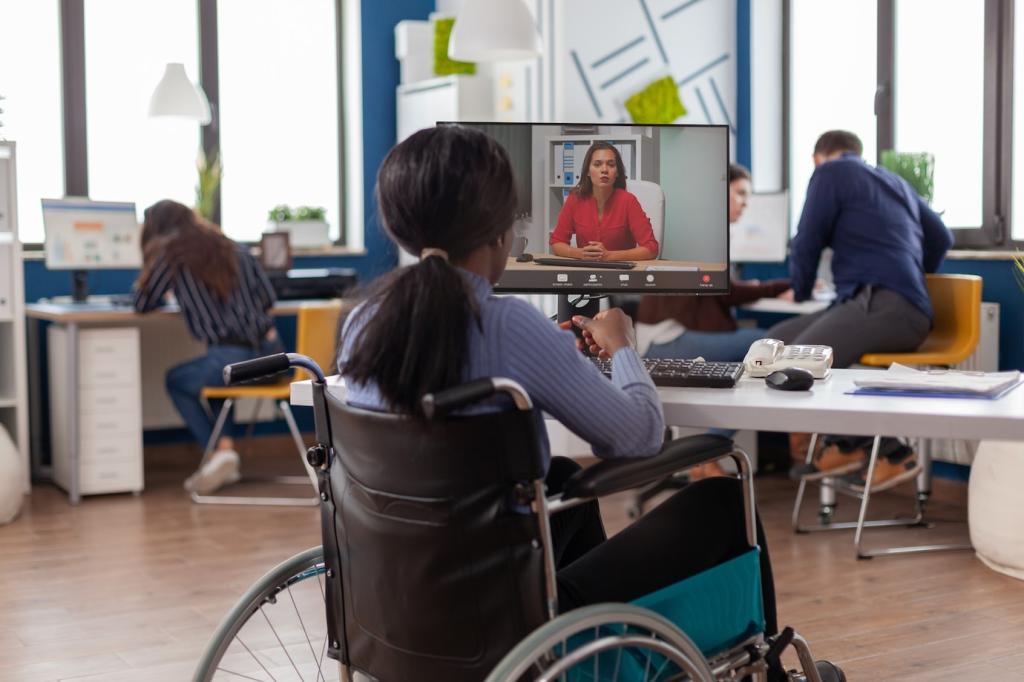Virtual Learning Environments: Beyond Physical Barriers
From Classroom Walls to Cloud Portals
01
A teacher in Lagos, a teenager in a mountain village, and a parent on a lunch break meet in one room—the one made of logins, stable links, and a shared desire to learn.
02
Rural learners, caregivers at home, people with mobility challenges, and traveling professionals can all enter the same course, proving that opportunity scales better through bandwidth than bricks.
03
Remember the thrill of your first live chat, the silence before a breakout room unmuted, the small victory of mastering the platform? Tell us below and inspire a newcomer today.
Designing for Access: Universal Design for Learning Online
Offer captions with transcripts, readings with audio, visual diagrams with descriptions, and choices for demonstrating mastery. When learners decide how to show what they know, equity becomes architecture.
Community Without Corridors
Swap awkward introductions for prompts like a two-minute object show-and-tell, a map pin of hometown memories, or a learning wish. These tiny openings seed the trust big learning needs.
Community Without Corridors
Consistent breakout teams build comfort, accountability, and rhythm. Rotate roles—facilitator, scribe, skeptic—to balance voices. Over time, strangers become study partners, and participation stops feeling like performance.
Engagement Engines: Gamification, Narrative, and Flow
Break complex skills into levels with visible progress bars, quick wins, and reflective pauses. Momentum comes from finishing something today, not just believing in something big tomorrow.

Designing for low connectivity
Provide downloadable readings, audio-only lecture options, compressed slides, and asynchronous alternatives to live sessions. What helps one learner in a storm helps everyone working on the go.

The asynchronous advantage
Discussion boards, voice threads, and flexible deadlines let insight catch up with life. Reflection deepens when learners can pause, think, and return without the pressure of a ticking clock.

Co-creating norms that work
Invite your cohort to agree on response windows, meeting overlaps, and backup plans for outages. Share your favorite norms in the comments so others can adapt them thoughtfully.


Assessment Beyond the Proctor's Gaze
Ask learners to build prototypes, annotate code, narrate processes, or critique sources with evidence. When thinking is visible, answers become stories of reasoning rather than isolated guesses.
Assessment Beyond the Proctor's Gaze
Short audio notes, quick screen recordings, and targeted rubrics deliver human feedback at scale. Timely replies motivate revisions and signal, “Your work matters; keep going.”
Parents studying after bedtime, nurses between shifts, and veterans charting new paths find continuity in flexible modules. The classroom follows life’s rhythm, not the other way around.

